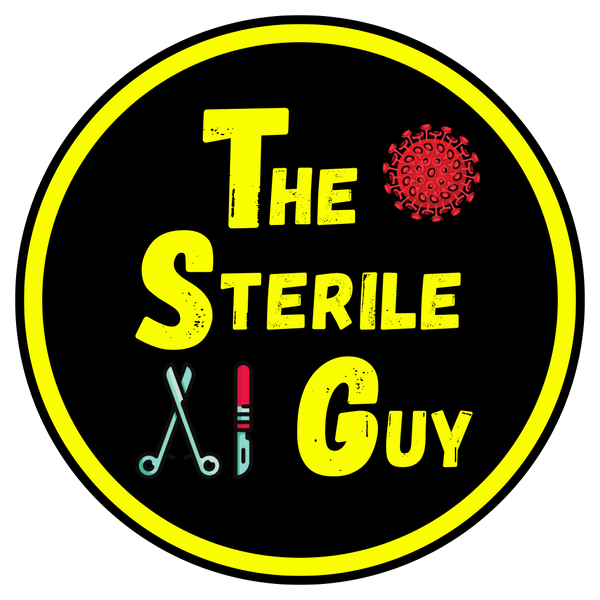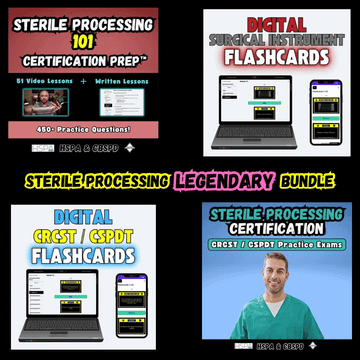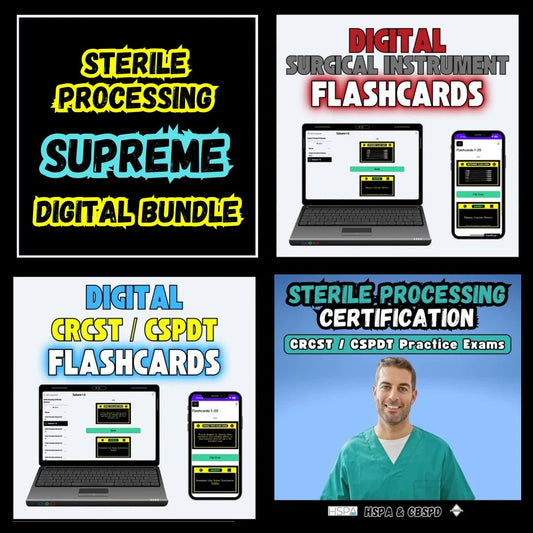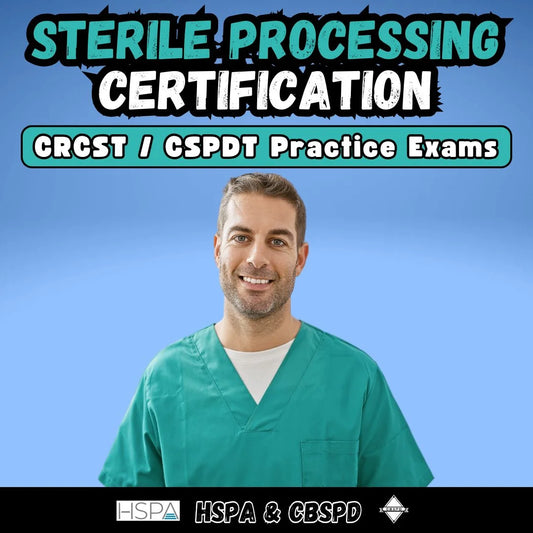Precision Matters: Surgical Instrument Inspection and Sharpness Testing

Surgical instruments are indispensable tools in the hands of healthcare professionals that enable them to perform intricate procedures with utmost precision. To maintain the highest standards of patient care and safety, surgical instruments must undergo rigorous inspection and sharpness testing. In this article, we will delve into the crucial processes of surgical instrument inspection and sharpness testing, and understand why they are vital in the Sterile Processing Departments.
Importance of Inspection
The inspection of surgical instruments is an integral part of the quality control process. It ensures that each instrument meets stringent standards for functionality, safety, and hygiene. The inspection process encompasses various aspects, including:
Visual Examination: Skilled technicians meticulously examine the instruments for any visible defects such as surface imperfections, dents, staining or rust. The instruments must be flawless in appearance to ensure they meet hygiene standards.
Construction Integrity: Instruments are designed to fit together properly in order for the instrument to function. Loose screws or hinges can cause issues in surgery of either instrument failure, or even the possibility of a lost component or screw in the surgical wound.
Functionality Testing: Each instrument is assessed for its functionality. For instance, scissors are tested for smooth cutting action, forceps for their ability to grasp and hold, and needle holders for their precision in securely holding needles.
Sharpness Testing
One critical aspect of surgical instrument inspection is sharpness testing. The sharpness of surgical instruments is paramount, as it directly affects their ability to perform delicate and precise procedures. Instruments must be sharp enough to cut tissues cleanly without causing unnecessary trauma or complications.
Sharpness testing involves the following key steps:
Visual Inspection: Initially, the instrument's cutting edges are visually examined for any visible defects or irregularities. Any issues identified during this stage may indicate a need for further testing or maintenance.
Physical Testing: Several methods are used to physically assess the sharpness of cutting instruments, such as scissors, rongeurs, and osteotomes. Common tests include cutting material, and dowel rods.
Cutting Material Testing: In this test, a technician uses a variety of materials depending on the instrument to be tested. For instance, red sharpness testing material is used for scissors 4.5" or larger in size. Yellow material is for scissors 4" or smaller, or laparoscopic scissors. There are also several thicknesses of stock cards designed for different types of rongeurs.
Dowel Rod Test: A Dowel Rod is used to test the sharpness of an osteotome. An osteotome is held at a 45° angle to the rod and pushed down and against the rod to assess for hold or slippage.
Microscopic Examination: For the most precise assessment, surgical instruments can be examined under a microscope to detect any microscopic irregularities or damage to the cutting edges. This is often where pitting can be more easily identified.
Regular Maintenance
To ensure surgical instruments remain sharp and in optimal condition, regular maintenance is essential. Dull or damaged instruments not only compromise patient safety but also increase the risk of complications during surgery.
Maintenance may include sharpening of blades, replacement of worn parts, and refurbishment to remove any surface imperfections. Proper care and maintenance procedures are typically outlined by instrument manufacturers and should be followed diligently by healthcare facilities.
Surgical instrument inspection and sharpness testing are indispensable components of maintaining high standards in the healthcare industry. These processes ensure that surgical instruments are safe, functional, and ready for use in delicate medical procedures. A commitment to rigorous inspection and sharpness testing is a testament to the dedication of healthcare professionals to provide the best possible care for their patients, emphasizing that precision matters above all else in the world of surgery.
Share
Let customers speak for us
from 241 reviewsI took the practice test and I got a 91% on my certification exam!!
This course was the extra boost that I needed in order be confident in passing the exam. Thank you for all the information provided. I even refer to your notes while working.
Very helpful to me I can study any where at my own pace and low cost than going to school...I'm glad that there is something like this online to help anyone who want to pursue their career as a sterile processing tech.
I loved it, it’s very informative and the questions are great, it’s a great resource to purchase if you want to prepare for your certification exam!
I’ve really enjoyed this course so far. It delivers the information in a straightforward, digestible way. The Sterile Guy has compiled a highly effective program. Thanks very much from one highly satisfied customer!
The practice exams are detailed and easy to navigate. Brandon continues to show his passion in this industry by sharing his knowledge with up-and-coming techs. I also recommend investing in his flashcards. It has helped me greatly. Thank you, Brandon!,
These practice quizzes really helped me get the hang of answering questions related to instruments and the processes of preparing them! I even bought them twice cause I ran out of time lol. Super helpful!
I recently completed the Sterile Processing Guy course online and was extremely impressed. The content was clear, well-organized, and easy to follow. It helped me better understand important concepts like decontamination, disinfection, and sterilization. I appreciated how practical and informative the lessons were, it definitely made studying for certification feel more manageable. I highly recommend this course to anyone pursuing a career in sterile processing!
I won’t lie, I failed the first time around. So I decided to buy this practice test and I passed with flying colors my second go. Highly recommend to anyone interested in the CER, it helped a lot!
The flash card quality is amazing! Bravo sir! The card quality is way above average, questions are great! I’m still learning, utilizing these cards and your practice tests. Thanks for all the info!
I passed the CRCST exam. Taking reg sterile guy practice test over and over definitely helped get the job done.
This certification prep course is a must. Great videos with a lot of information and plenty of of practice exams.
These flashcards are so helpful and well put together. Highly recommend!
I'm really happy that I purchased the SP practice exam. I love how if you answer the question incorrectly, the correct answer will include the page number of the text book to find the answer. The questions are literally based on the textbook. I suggested "The Sterile Processing Guy" to my friend that is studying for the exam as well.








